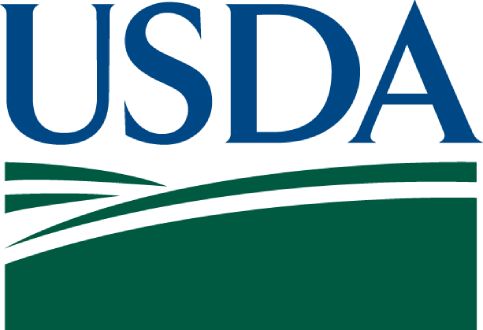School Food Purchase Study III: Nutritional Characteristics of School Food Acquisitions

The need to promote healthful eating behaviors and prevent hunger among the nation’s youth is great. One of the vehicles through which schools may influence children’s diets is the school meal programs—the National School Lunch Program (NSLP) and School Breakfast Program (SBP). The school meal programs, sponsored by the U.S. Department of Agriculture (USDA), have the dual goals of (1) ensuring that affordable (or free), nutritionally balanced meals are available to all children, and (2) supporting U.S. agricultural markets through the acquisition of donated USDA Foods. Nearly all public school districts in the United States acquire food for preparing and serving meals to students through the NSLP or SBP (Young et al. 2012). In fiscal year (FY) 2011, the NSLP served lunches to 31.8 million children, on average, each day. to use in preparing school lunches and breakfasts. Over the past two decades, program administrators and school food service professionals have been working to bring school meals in line with the Dietary Guidelines for Americans, as required by Federal regulations and reflected in nutrition standards for the programs (7 CFR Parts 210 and 220, January 26, 2012).
How do you apply evidence?
Take our quick four-question survey to help us curate evidence and insights that serve you.
Take our survey
